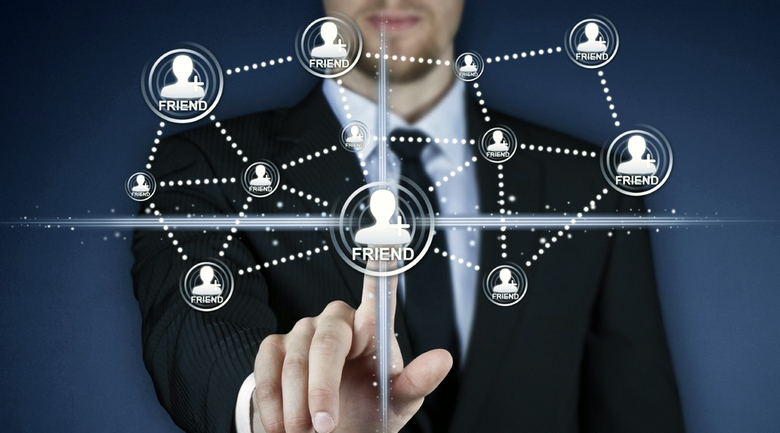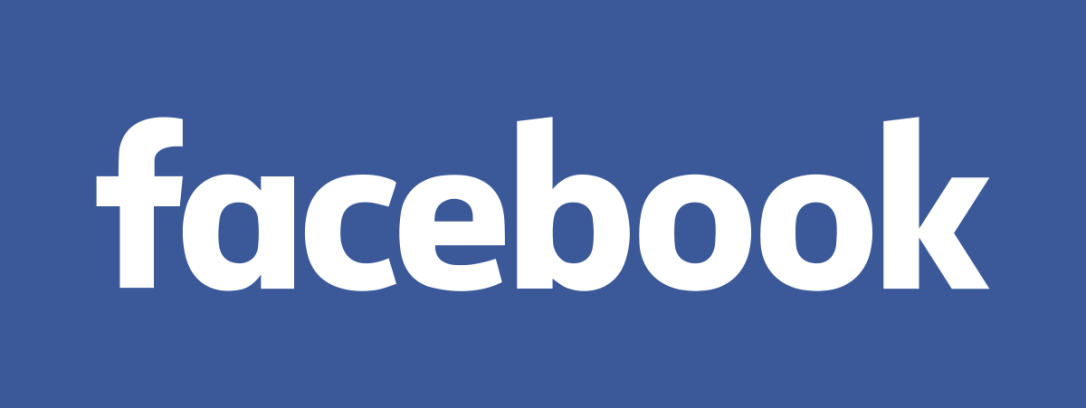By: Kelly Afu
Product Brands
A brand is the recognizable name, logo or even jingle from a particular product, company or service. Before the age of the internet, organizations, and businesses connected with current and potential new customers through TV commercials, Newspaper ads, radio, and various other sponsorships we see today. Nike, Budweiser, Underarmour, if you happen to be a sports fan, these brands are displayed continuously in areas or by their athlete spokespersons. However, Social media has introduced a new challenge for the was once considered the “traditional” way to reach out to an audience. Social media provides consumers with a choice, an empowering ability which allows customers to choose which brand content they prefer. In an article by Douglas Holt (2016) “Once audiences could opt out of ads, it became harder for brands to buy fame.” Therefore, illustrating the power shift from a producer, such as a famous brand like Nike, and towards us, the user. We can decide not to see content from a particular brand, which limits their ability to reach out to customers.
130 million followers, Influencer

Product brands and sponsorships are no longer enough to reach out to an audience. In the newly redefined world of marketing exist a type of the individual(s) which can assists a brand reach a broader group of potential customers. According to the Cambridge Dictionary(2017), “an Influencer is someone who affects the way people behave.” Marketing and social media have become interconnected through what we define as an “Influencer.” The influencers ability to impact marketing campaigns demonstrates the empowering aspect of social media. When certain individuals such as artists and athletes have enormous followings in platforms like Twitter, Facebook, Instagram, it provides an avenue or a middleman type of interaction between product brands and customers. In an article by Vanessa Friedman (2017), “Selena Gomez represents Coca-Cola, Pantene, Coach, Louis Vuitton, and Verizon. With an Instagram account followed by 130 million people, one could say that Influencers have become the modern version of marketing and sponsorships”. Individuals can produce content, given the quality and popularity of such material can lead to achieving an influencer status. Influencers serve as a form of leverage, where their actions can alter the way people behave or what kinds of products their followers feel compelled to purchase.
Career Boosting
From product branding to being an Influencer, social media empowers a wide array of users. That being said, Social media platforms can also be utilized as a tool to highlight an individual’s leadership, team, and various other professional skills. One platform that focuses on the career aspect of an individual and companies is LinkedIn. In an article on how to use social media in our career, Sree Sreenivasan (n.d.), “describes how LinkedIn with its 500 million users, provides an avenue to feature personal skills for prospective employers to see”. This platform caters to the “career management” aspect of one’s life, allowing the user to connect with various individuals from a particular industry. This professional network serves as the links that could potentially lead to a new job or career. LinkedIn is not solely a job-hunting site; it is much more than that, which makes this platform multifaceted. Possesses similar aspects of Facebook and Twitter, it incorporates follower lists, being able to share experiences, pictures and news articles. All of which adds up to a tool that can help someone build their brand, and depict the best version of themselves while highlighting the skills which makes them valuable to prospective employers and colleagues.
Harnessing the power of Social Media

Memes, viral videos, Influencers, we are familiar with this portion of social media and presented with new iterations every single day. What if there was a way to monetize the aspect of social media, where content creation was to become an essential income creation tool, that is precisely what I’ll discuss in the following paragraph. Starting a new business involved raising capital, renting an office or location somewhere in town. However, the explosion of social media and cheap and quick internet access has ushered a new kind of entrepreneurship. The “Social Media Celebrity” is a great illustration of the legitimizing power of social media platforms. If you happen to be a game, there are twitch channels that cater to your needs. Need a makeup tutorial? There are thousands of individuals with games in various platforms to aid you with that. An internet connection, a cell phone, and a cellphone stand are all you need to start an online business as a content creator, with the possibility of becoming a social media celebrity. According to Katherine Rosman (2017), “The images are then posted to Ms. Stauffer’s 2.2 million followers. Recently a Stauffer video got a coveted repost from Kris Jenner, perhaps the ultimate authority on building daughters’ brands. “#iminlove,” Ms. Jenner wrote”. Whether its animal videos, funny kids videos, or impossible sports tricks, having access to social media platforms empowers people to create their content. With this content creation, there are monetary rewards which can be a blessing for many, or an entirely new career for others. We are no longer solely the consumer; we do not have to wait for entertainment companies to create content. We are free to develop and become direct entertainment competition with established industries.
Connectivity, Leadership and Social Media

We have discussed how social media and its various platforms possess essential properties on how individuals and organizations alike, behave, interact and communicate with their followers or audience. It empowered the individuals or groups of individuals making decisions from a corporate viewpoint. The power of social media is almost incomprehensible; it gives voice to individuals who are otherwise unheard of, as well as holding individuals and entities responsible for their actions. With platforms like Facebook and Twitter, companies can engage with the individual consumer from a top down or bottom up hierarchical manner. We can interact with a group directly, no need to call for customer service, waiting on hold for minutes or hours, in the age of instant gratification, platforms like Twitter have changed the way we engage with companies and how they engage with us. In an article by Keith Quesenberry (2016), “It is discussed how crucial it is to create content that is interesting to the user, that engages and fosters participation and brand loyalty.” This social media connectivity goes beyond interactions between an individual and a great twitter account like Wendy’s page, which makes it a goal to interact with customers and their complaints.
It is precisely, this connectivity which opens the door to broader, more relevant possibilities. Which brings us back to the empowering capabilities of social media, in a journal by Mowafa Househ, Elizabeth Borycki Andre Kushniruk (2014), “Where Facebook, Twitter, and YouTube videos are used to engage and disseminate information to their patients.” We can observe the power that social media possesses, even from a medical perspective, where individuals can seek information, ask questions, and receive answers through various social media platforms. Overall, it allows individual users to directly impact the behavior of an organization, encouraging those in charge or on leadership positions to receive direct feedback from the various levels on the hierarchical user scale. Airbnb CEO Brian Chesky reached out to its followers on December 25th of 2016. His goal was to receive feedback, ideas on what the company should focus on moving forward. This type of interaction is new, where the CEO of a multimillion dollar company wants to hear from the everyday consumer, directly and it shows by far how critical social media has become from a personal, professional, and organization perspective.
References
Chudasama, A. (2015, October 17). 5000 Followers on Instagram Thank You So Much My Fan’s. Retrieved November 19, 2017, from https://www.flickr.com/photos/anilchudasama01/22246441905 (Originally photographed 2015, October 17)
Dear, A. (2011, November). Selena Gomez MTV VMA 2011. Retrieved November 19, 2017, from https://www.flickr.com/photos/71125567@N07/6432776777 (Originally photographed 2011, November)
Friedman, V. (2017, May 10). The Rise and (Maybe) Fall of Influencers. Retrieved November 19, 2017, from https://www.nytimes.com/2017/05/10/fashion/kendall-jenner-fyre-festival-pepsi-bella-hadid-influencers.html
Househ, M., Borycki, E., & Kushniruk, A. (2014). Empowering patients through social media: The benefits and challenges. Retrieved November 19, 2017, from http://journals.sagepub.com/doi/abs/10.1177/1460458213476969?ssource=mfr&rss=1
Neal, S. (2017, April 13). Op-Ed: The surprising reason why CEOs should be social media savvy. Retrieved November 19, 2017, from https://www.cnbc.com/2017/04/13/the-surprising-reason-why-ceos-should-be-social-media-savvy.html
Principato, S. (2010, November 01). Personal Branding Formula. Retrieved November 19, 2017, from https://www.flickr.com/photos/stefano_principato/5135317646 (Originally photographed 2010, November 01)
Holt, D. (2016, June 09). Branding in the Age of Social Media. Retrieved November 19, 2017, from https://hbr.org/2016/03/branding-in-the-age-of-social-media
Quesenberry, K. A. (2016, August 31). Fix Your Social Media Strategy by Taking It Back to Basics. Retrieved November 19, 2017, from https://hbr.org/2016/07/fix-your-social-media-strategy-by-taking-it-back-to-basics
Quesenberry, K. A. (2016, April 19). Social Media Is Too Important to Be Left to the Marketing Department. Retrieved November 19, 2017, from https://hbr.org/2016/04/social-media-is-too-important-to-be-left-to-the-marketing-department
Rosman, K. (2017, September 27). Why Isn’t Your Toddler Paying the Mortgage? Retrieved November 19, 2017, from https://www.nytimes.com/2017/09/27/style/viral-toddler-videos.html
Sreenivasan, S. (n.d.). How to Use Social Media in Your Career. Retrieved November 19, 2017, from https://www.nytimes.com/guides/business/social-media-for-career-and-business

